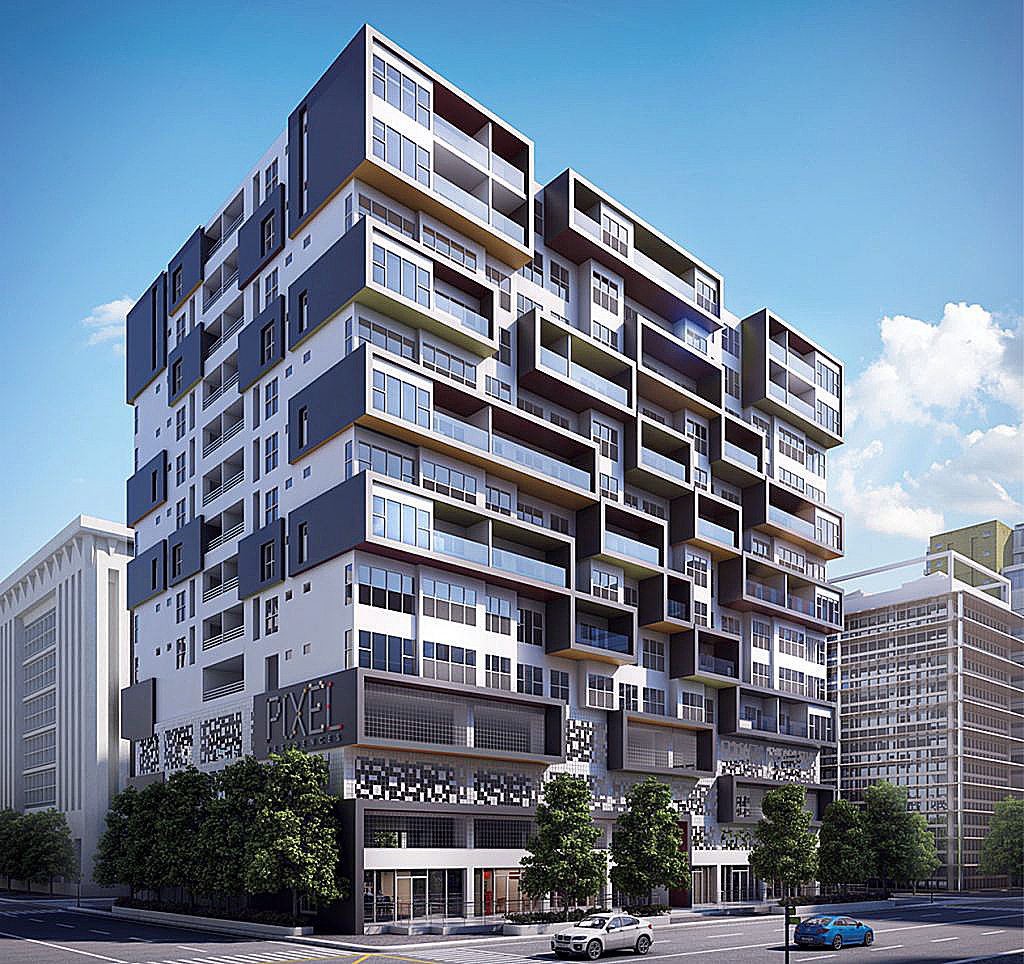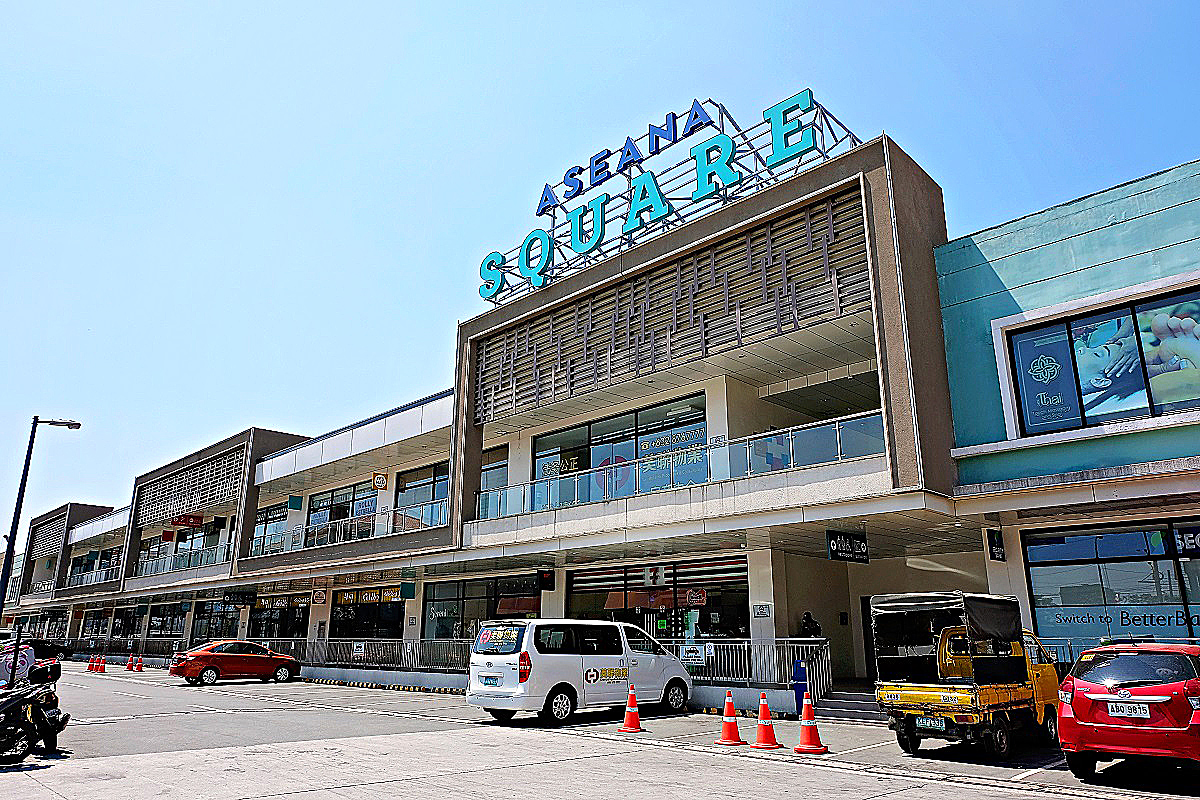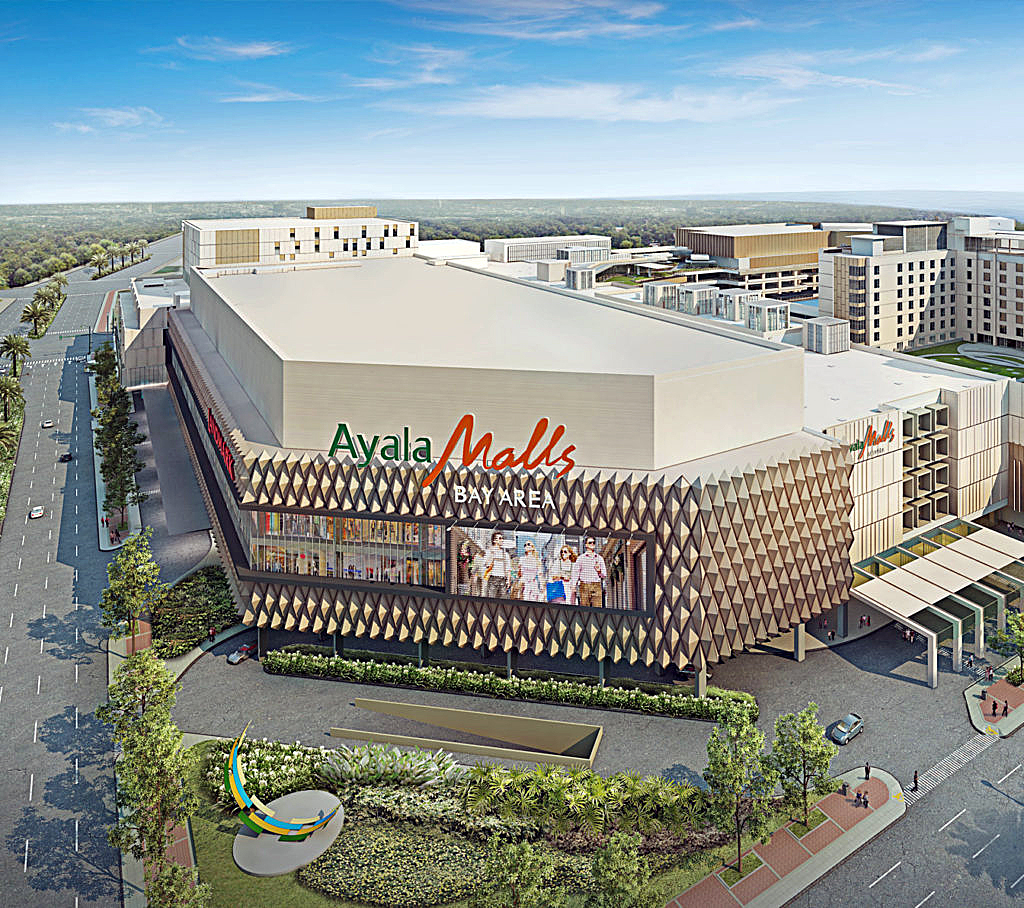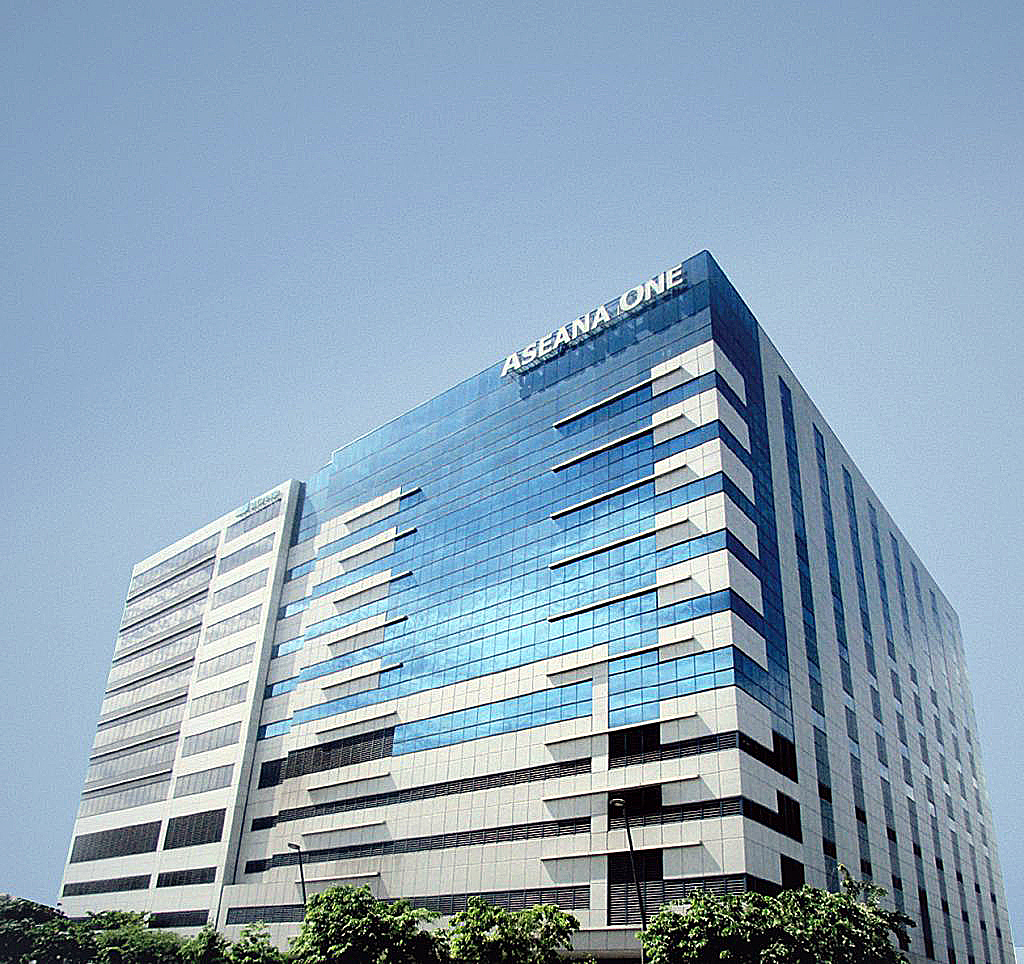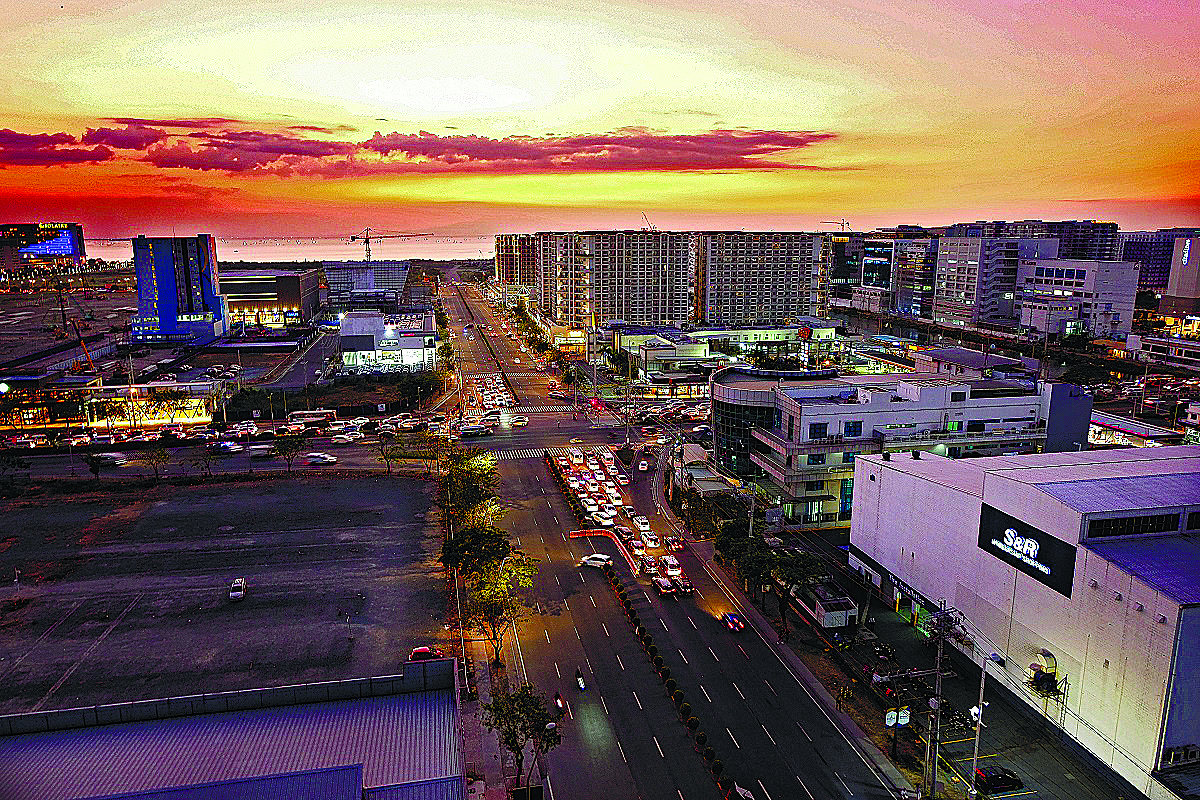DM Wenceslao and Associates CEO and director Delfin “Buds” Wenceslao looks out of his penthouse office and is able to measure 30 years by how much his surroundings have changed.
“Rome wasn’t built in a day,” Buds Wenceslao says.

He points to me where Aseana City begins and ends, the built office towers Aseana One, Two and Three, the residential project Pixel, City of Dreams, S&R and other structures at varying stages of development.
“Considering that we came from water, it’s still a long ways away,” he says. “But three years from now, it will look completely different because we’re doing three projects at the same time. One is two buildings, another is four buildings, and the mixed-use Parqal is nine small buildings.”
In 1989, his father Delfin J. Wenceslao Jr.’s construction company signed a contract with the government to reclaim the gaping hole that was in the middle of the Mall of Asia complex and World Asia. The reclamation finished in the 1990s and as part of their contract, they were paid with 107 hectares of land that is now Aseana City in the Bay Area.
After finishing his business degree in Ateneo and his master’s at MIT, Buds Wenceslao dove right into real estate, first as a broker but his ambition went beyond selling — he wanted to build a city.
Not just an ordinary city either, but the “next-generation city.” What does that mean though?
“For us, there are two major factors. One is that Aseana is an urban destination so we’re master-planning it to be mixed-use and to fit all lifestyles. Aside from being a major business district, Aseana has two major facets that are unlike other CBDs in Metro Manila — we have the water, the Manila Bay frontage, which is distinct. Everywhere else in the world, properties by the water are the most prime. Aside from that, we have tourism anchors that promote entertainment and leisure; we’re between the gaming resorts and Mall of Asia.
“The second is we’re trying to create a local community, so we’re building utilities and infrastructure based on global design and standards. We want to be holistic, which is why we’re spending on public spaces (40 percent will be open). Our sidewalks are walkable and our buildings will be connected, say, you can walk from the future MRT connection to the Ayala Mall. We’re building parks and open spaces, and we’re also about to finish a church in the area.”
What has the cities of Metro Manila taught him now that he is practically building one? (60 to 70 percent of Aseana will be developed by DM Wenceslao and its subsidiaries like Aseana Holdings.)
“Older cities were planned with people as focus, not cars. We’re making sure that Aseana City is putting people first.”
In the next five years, DM Wenceslao and Associates will spend P20 to 25 billion, majority of this to build infrastructure — 400,000 sqm. of GFA and according to Wenceslao a third of that is going to be residential and the remaining will be offices and commercial developments.
Excerpts:
PROPERTY REPORT: You’ve committed Aseana City to follow responsible, sustainable architecture. Can you expound on this?
Because of our proximity to Manila Bay we needed to have a sustainability program. Even before the Manila Bay rehabilitation began, we had a joint venture with the DENR called “Adopt an Estero.” We’ve committed to take care of all the waterways surrounding Aseana City. To date, I think we’ve collected close to 131,000 kilos of garbage. Last year we were at 17,000 kilos. That’s a weekly cleanup. We’ve purchased equipment to make sure we can dredge and pick up garbage surrounding the vicinity.
You’re one of a handful of big players master-planning the entire area. How do you think the Bay Area will turn out in a few years?
I think over the next 10 years, as our own and other developments are built, you will see what is probably the next major CBD in Metro Manila. Obviously the proximity to the airport is one of the major factors that will increase the prices here.
Several property consultants have told me that the Bay Area is outperforming Makati and BGC because of POGOs. Are you happy with that or are you worried it might create artificial land value?
Obviously, there are cycles, and we’re confident right now that this area will be able to ride the cycle especially as we deploy the capital that we were able to raise via IPO.
We have Makati, BGC, Ortigas and Filinvest. You’re building another CBD, does it mean that business and wealth are being decentralized?
Makati has reached maximum occupancy — actually it’s being redeveloped already — so it makes sense that as the rents go up, sub-CBDs will pop up depending on how close they are to the traditional CBDs. It’s an easy expansion as this is the nearest development to the Fort and Makati, it’s a function of distance. Before, it was Ortigas and then it became Eastwood to the north and now it’s here. With the new elevated expressway, you can go here directly from Makati.
Tell me about the specific developments in Aseana. I heard that Pixel Residences sold out in seven months.
It did. We’re also building Mid Park Tower right now, which is about 45,000 sqm. We’re currently about 60 percent sold for the four towers, which we launched in October last year. Because of the increased demand in this area, we’re seeing a huge take-up within this development.
Where is the demand coming from?
We’re seeing a lot of families because it’s still more cost-effective than, say, the Fort or Makati, there’s still that gap in prices. At the same time, we’re seeing a lot of people from Cavite and Laguna who are working in the Fort, Makati, and in the hotels and resorts or offices here. A big market is also people from Binondo who want to be in newer infrastructure.
Even though geographically this is Parañaque, in my head the Bay Area is still Manila especially because I work in Port Area where the STAR office is.
We’re seeing a lot of logistics and shipping companies coming out of Port Area as our tenants. These are people previously occupying much older buildings but they don’t want to leave the area.
How are you pricing your residential towers?
We’re targeting the mid-market. Right now we feel that that’s where the yields are in terms of getting the margins that we want. We’re hovering somewhere around P200,000 per sqm. Studios are 35 sqm., one-bedroom is 35 to 55 sqm., two-bedroom is about 90 sqm.
Those are good sizes.
We’re building for livability.
Are you concentrating in the Bay Area?
For now, yes, because this is where our land bank is. We have plans to expand outside with smaller developments. We’re also doing a project in Cavite City that’s undergoing master-planning and a future development in Cebu.
Then you have the mixed-use development Parqal.
We don’t want to do maximum density in this area. What we want to build basically is a “lung” for this development because the Bay Area can be pretty dense. That’s for two reasons — one is for Parqal to act as the park for the entire area, and also to be the amenity block for retail shops that can feed or add entertainment to the development.
Do we not have enough malls in the Bay Area?
It’s not a mall. It’s like in the US where you have a main street that has all the activities. But because of our weather conditions we decided to have a canopy on top. It’s a part of our entire walkability concept and people need not worry about it being hot or getting wet when it’s raining.
What kind of tourism potential do you see?
Roughly 65 percent of all future hotel supply in the whole of Metro Manila is being built in this area. Each of the integrated resorts has a minimum of a thousand keys. That’s why the government spent on the connection to the airport terminals. We want to built a critical mass in terms of people actually working and living here to feed these developments.
Do you really think there’s going to be that many tourists?
Yes, I do. Once they increase the capacity of the airport, it will happen.
Do you plan on putting up architectural landmarks?
We’re working with design consultants to make sure our buildings don’t all look the same, that each one is aesthetically nice and has its own character. Parqal is very different from what you normally see and that’s what we’re willing to invest in. AECOM did the master-planning, Spark Architecture is a design consultant, and we’re working with local architects.
How much of this is your father’s vision?
All of it. He was the one who started the company on this trajectory, which was pursuing a project nobody wanted to do and that was to reclaim what is now Aseana City. My brothers and I run the day to day operations, but he’s still the chairman.
Does it ever get intense when you do strategizing with your brothers? May suntukan ba?
(Laughs) Wala naman, pero minsan may sigawan. No, we have different ways of working and styles of leadership, but there are two things that we agree on basically. One is that the interest of the company goes beyond all personal interest, and second is that consensus building is key to make sure we move the company forward.
Did you have to pause the reclamation during the Asian financial crisis?
No, we had to finish the contract. We reclaimed it and then the government paid us with land as part of our contract. We’re still a quadruple-A construction company, one of the very few from about 20,000. The difference is we’re doing more of our own projects now.
What’s the biggest lesson your father taught you — in real estate and in life?
That grit outweighs emotional and intellectual quotients. While moving forward in substantial amount might be hard, the important thing is you’re moving forward. These projects are all long term. The successes don’t happen every day, it could be a year or more, but you’re building a city — one’s patience should be long, financially, emotionally, intellectually. In life, to always work hard.
Do you think there’s going to be a cultural clash since a high number of Mainland Chinese are moving to the Bay Area?
Just to be clear, 30 percent of all office supply in Metro Manila over the past years was taken by online gaming tenants — but it’s not just here, it’s also Makati and BGC. For our office portfolio, they’re at 20 to 25 percent, majority of our tenants are shipping companies and brick and mortar businesses.
What are your favorite places abroad that inspire you?
They always do this livability index and the top cities are Scandinavian countries because they have public spaces, they’re walkable, they have healthcare. Denmark and Sweden are my top countries.
* * *
Visit the author’s travel blog at www.findingmyway.net. Follow her on Twitter and Instagram @iamtanyalara.

